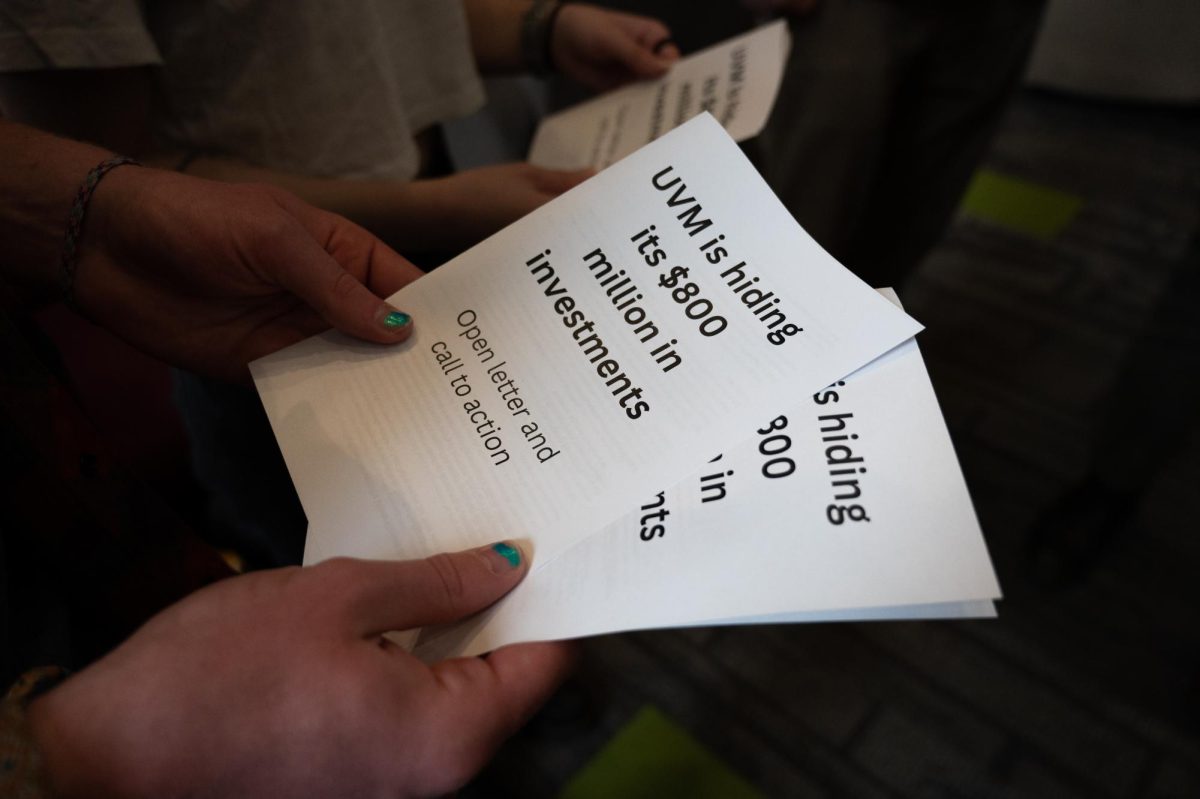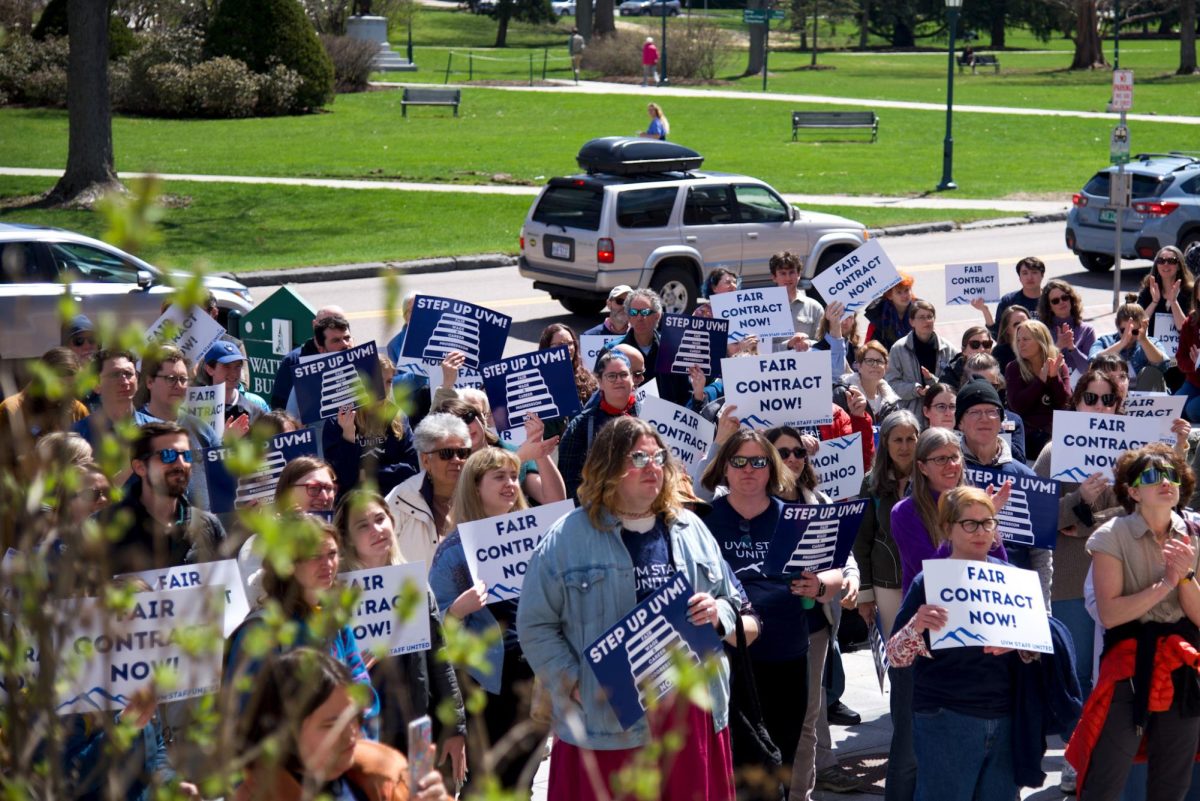Last Saturday a diverse group of people from all over the greater Burlington area congregated at the Davis Center to celebrate a national holiday. Diwali Night, or the Indian Festival of Lights, brought together excited exquisitely dressed Indian families of young and old, jovial young adults and a fair share of culture-seeking people of all ages. The celebration, organized by the Indian Student Association (ISA), the only graduate student organization on cam?pus, is one of the most prominent holidays in India. The festival, symbolizing the triumph of good over evil, is rooted in legend, according to the ISA Web site. “In Northern India, according to legend, the festival is celebrated to mark the return of Lord Rama, who slew his wife’s kidnapper, a demon king, to his kingdom. In Southern India, it was the day that Sri Krishna defeated a different demon king. In both accounts, Lakshmi, the goddess of wealth and prosperity, is also worshipped during Diwali, prompting exquisite designs made with colors or flowers.” From the beginning, the event characterized the Indian culture from all angles. At the door, two smiling women with brightly colored dresses adorned the attendees with “tilaka,” a red dot put in the center of the forehead to signify a believer of Hindi. Before the event, as is custom according to ISA, Indian tea was served. And the main event featured a wide variety of performances depicting the diversity of the arts in India. The crowd buzzed in anticipation and foreshadowed the unbound energy and talent that was to be unleashed in front of a receptive audience. After an unusually quick inauguration by the mayor of Burlington, Bob Kiss, the president of the ISA Lalita Oka greeted the crowd with a warm “Namaste!” In a few short words, she characterized the common values of UVM and the Indian festival: “good over evil, prosperity over poverty and knowledge over ignorance.” Then, the Assistant Director of ResLife, Sharyn Peterson, gave a rousing speech culminating in telling the diverse crowd to “be the change you wish to see in the world, as Ghandi said.” Soon after, the vast spanning program of Indian arts and dance began with a prayer in song and a Jugalbandi dance, a combination of a South Indian classical dance and a North Indian dance within the same song. Indian graduate students at UVM dominated the performances of song and dance, the same talented young folk who grace the labs and classrooms as teaching and research assistants. While the performances highlighted both classical and modern Indian arts, from both Northern and Southern India, there seemed to be lots of overlap. Most of the acts were interpretations of stories, such as Sukanya, a dance drama depicting a war princess who had fallen in love, and a classical dance about “bhanembri” or “bumblebees in a garden of leaves.” Yet, some of the performances depicted a fusion of cultures, from a salsa fusion dance featuring both contemporary Latin music and Bollywood Hindi music, to Sreedhar, a street performance in the vein of break dancing accompanied by an Indian rap percussive song. All of the performances featured men and women wearing bright, intricately designed clothes and jewelry. The elaborately adorned people danced in a similar fashion throughout the night, focusing on graceful arm movements and moving to the beat of the oft gaudy Bollywood music. The music performances offered more diversity, showcasing many native Indian tunes and instruments. These varied from a classical vocal improvisational tune in praise of Lord Shiva sung sitting on the floor to a classical piece done with a tabla and two clay drums. The performances finished with a “Spirit of India” combination fashion show and dance, depicting that while there is diversity in India, the 28 tribes of people are unified under one nation. This integration was illustrated by the dancers holding up “diyas,” or small earthen lamps. After the cultural portion of the night, the attendees were treated to a delicious traditional Indian dinner and then an open dance floor for the rest of the night, with traditional Indian and Bollywood music galore. All in all, the event catered to all of the attendees with a diverse display of Indian culture.












